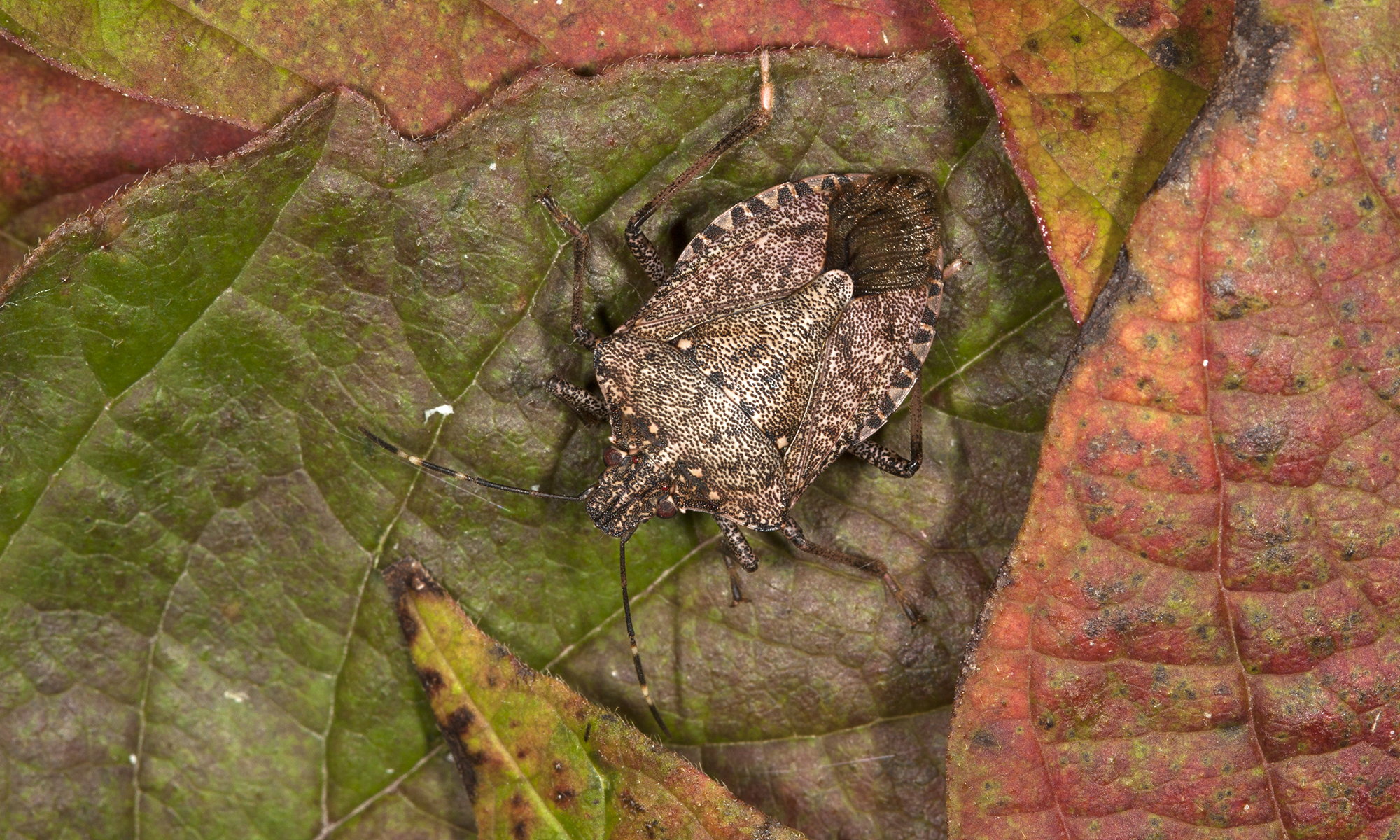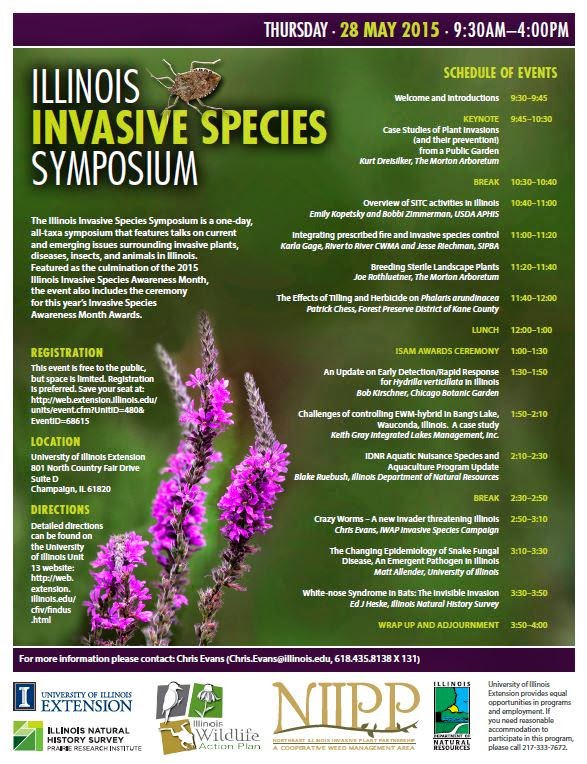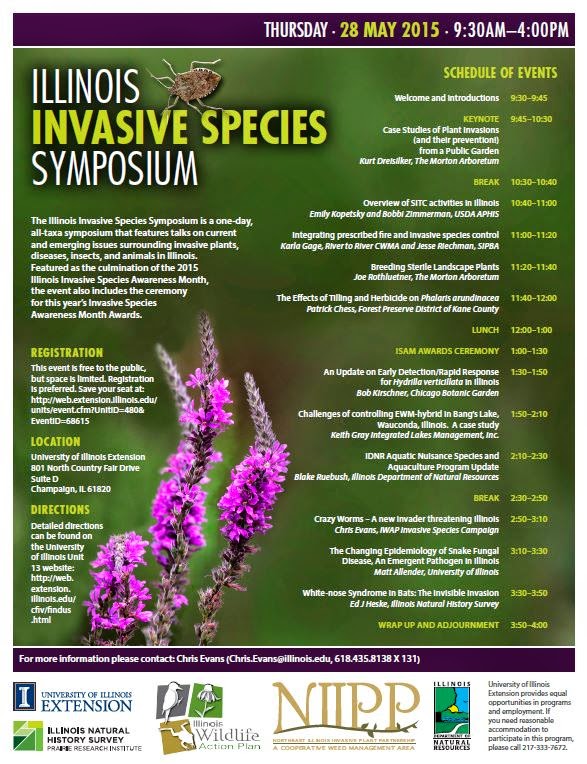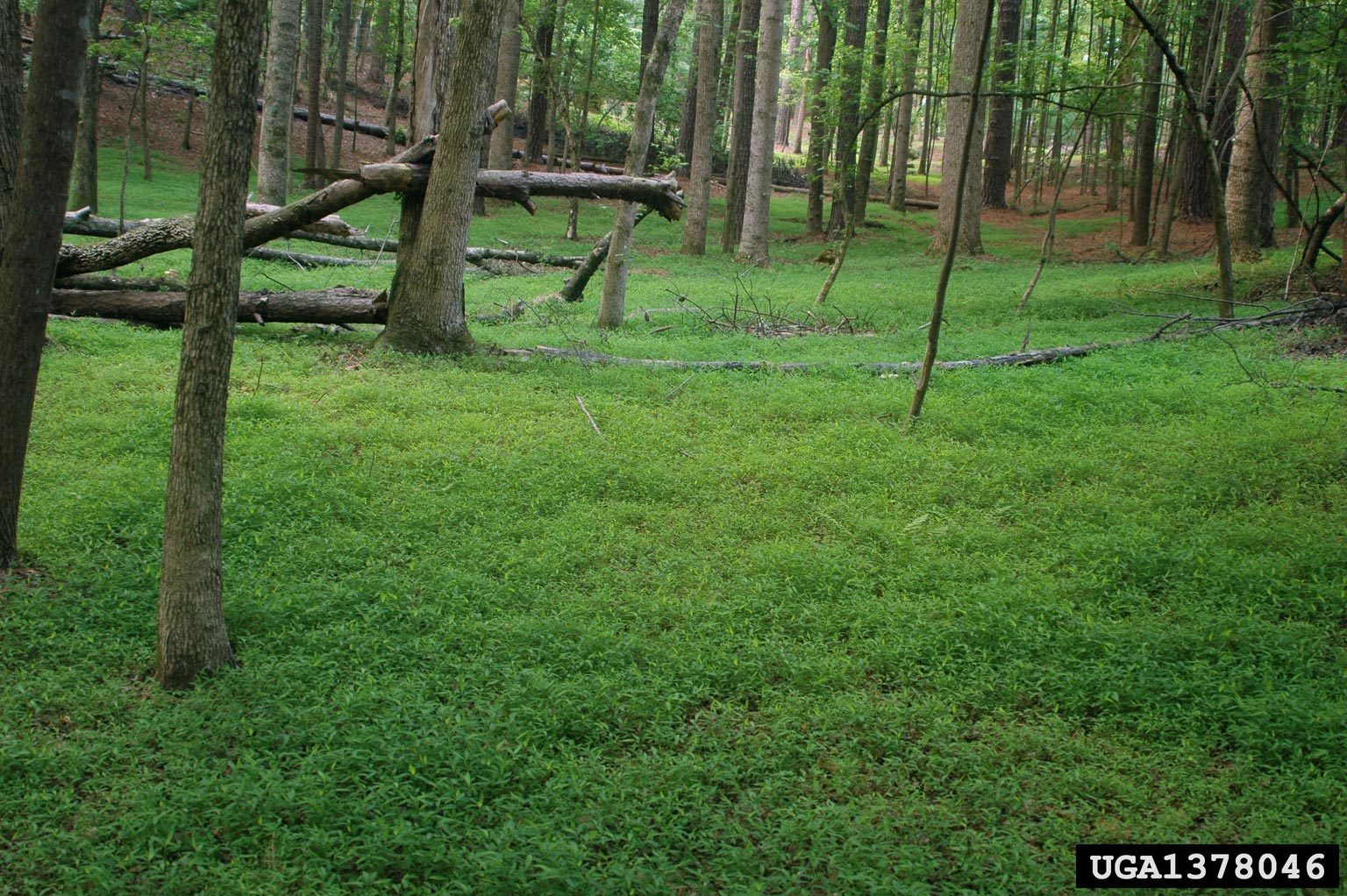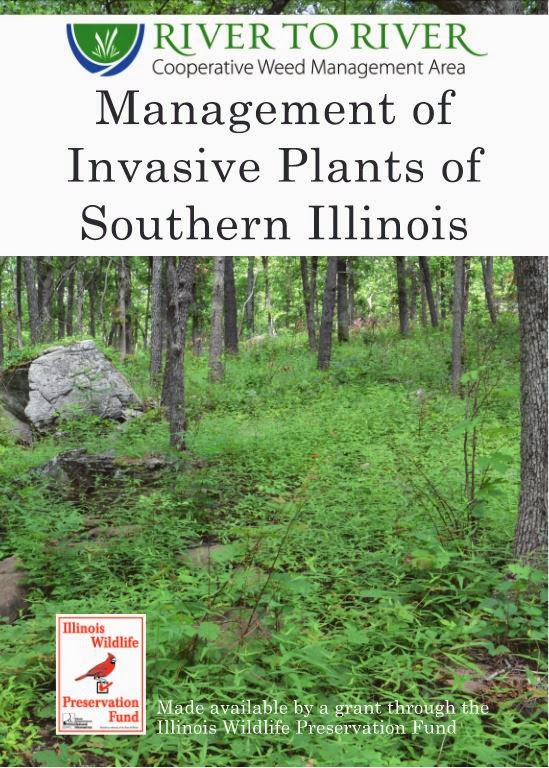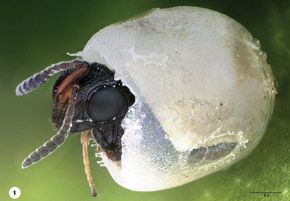FOR IMMEDIATE RELEASE
October 21, 2015
Illinois To Drop Internal EAB Quarantine
2015 Survey Confirms Discovery of Emerald Ash Borer in 10 New Counties
SPRINGFIELD, IL.—The state of Illinois will no longer restrict the movement of any cut, non-coniferous firewood within the state. Illinois joins Missouri, Iowa, and Kentucky in the deregulation of Emerald Ash Borer (EAB).
The 2015 survey of traps detected EAB in 10 new counties in Illinois: Madison, Mercer, Jackson, Saline, Hamilton, Wayne, Clay, Jefferson, Washington, and Bond. The addition of 10 new counties has brought the total count of confirmed counties to 60.
“The survey results this year support deregulation with nearly 60 percent of our counties confirmed positive for EAB,” said Plant and Pesticide Specialist Supervisor Scott Schirmer. “Over the past decade, the regulations and quarantines have served their purpose to slow the rate of spread and afford people time to manage for this pest. However, there comes a time when the pest is too widespread to continue to regulate, and this is our time.”
Previously EAB presence was confirmed in 50 counties, but 61 of Illinois’ 102 counties were under a state quarantine, which was intended to prevent artificial or human assisted spread of the beetle.
“Even though the state of Illinois is lifting its in-state EAB quarantine, I urge all Illinoisans to remain vigilant against the man-assisted spread of not only this pest, but all invasive species,” said Acting Agriculture Director Warren Goetsch. “Illinois will remain part of a federal quarantine, meaning firewood or other ash related products cannot travel into a state that currently has regulations. I urge people to consider the potential impacts of their actions, in general, before they move items like firewood. We’ve witnessed the impacts EAB has had on our trees and budgets, and we want to prevent introduction and spread of other current and future invasive species.”
Since the first detection of the pest near Detroit, Michigan, in 2002, the beetle has killed more than 250 million ash trees. The borer, known for its distinctive, metallic green wing color, is native to Asia. Its larvae burrow into the bark of ash trees, causing the trees to starve and eventually die. The tiny beetle often is difficult to detect, especially in newly-infested trees. Signs of infestation include thinning and yellowing of leaves, D-shaped holes in the bark of the trunk or branches and basal shoots. Each year Illinois Department of Agriculture officials submit samples from various purple EAB traps throughout the state and send them to the USDA’s Animal and Plant Health Inspection Service (APHIS) to confirm the presence of EAB.
Anyone who suspects an ash tree has been infested should contact their county Extension office, their village forester or the Illinois Department of Agriculture at (815) 787-5476.
For further information about the beetle, visit www.IllinoisEAB.com.
